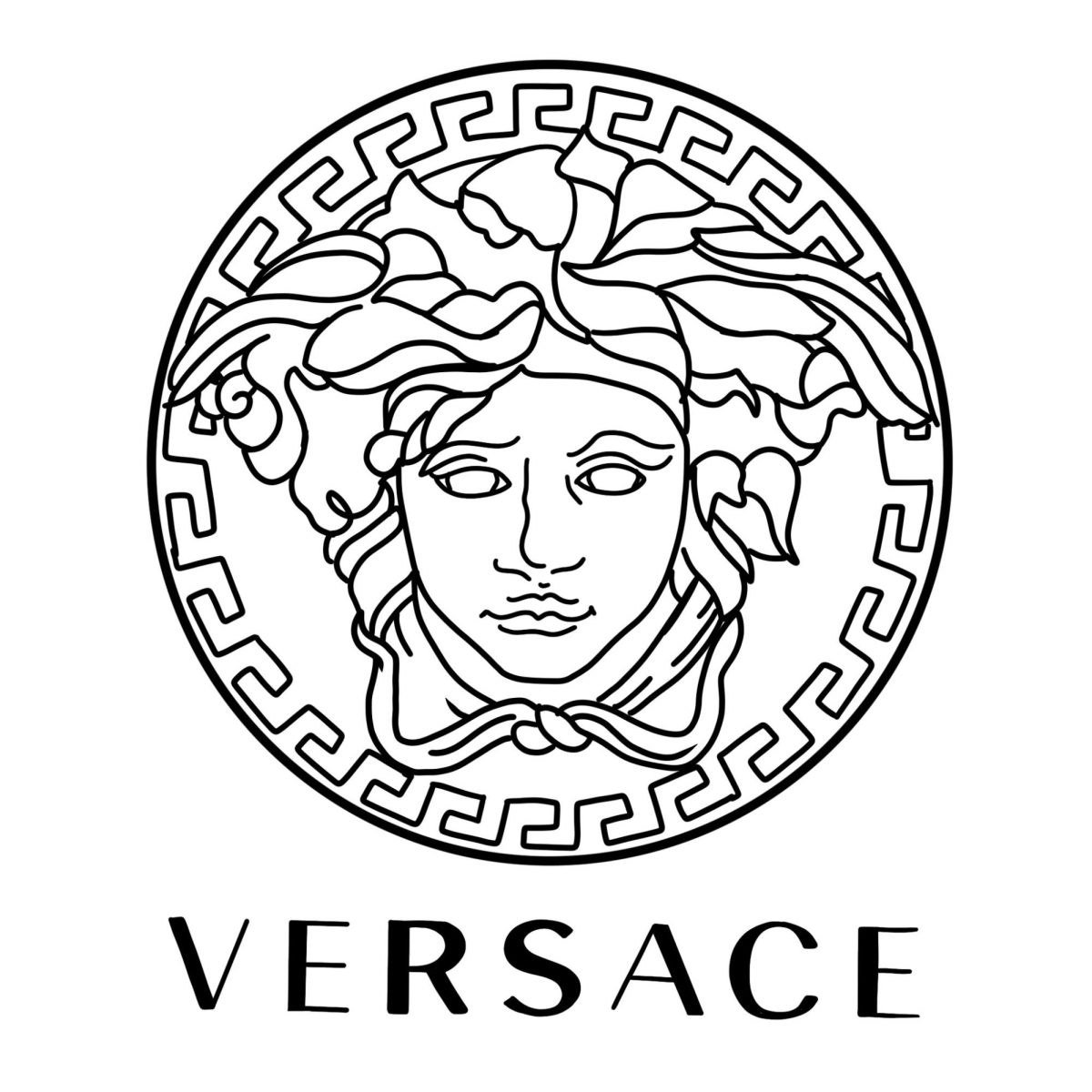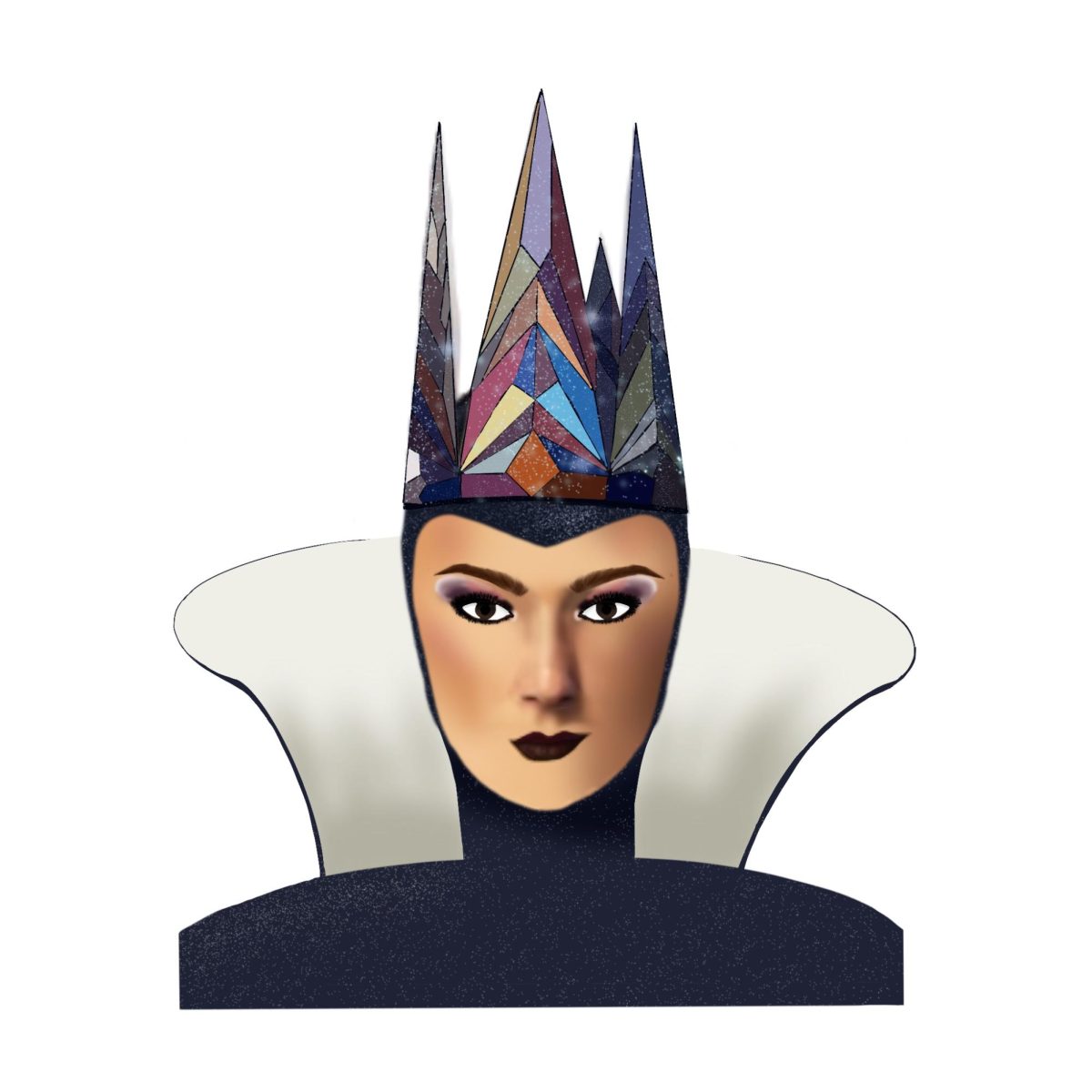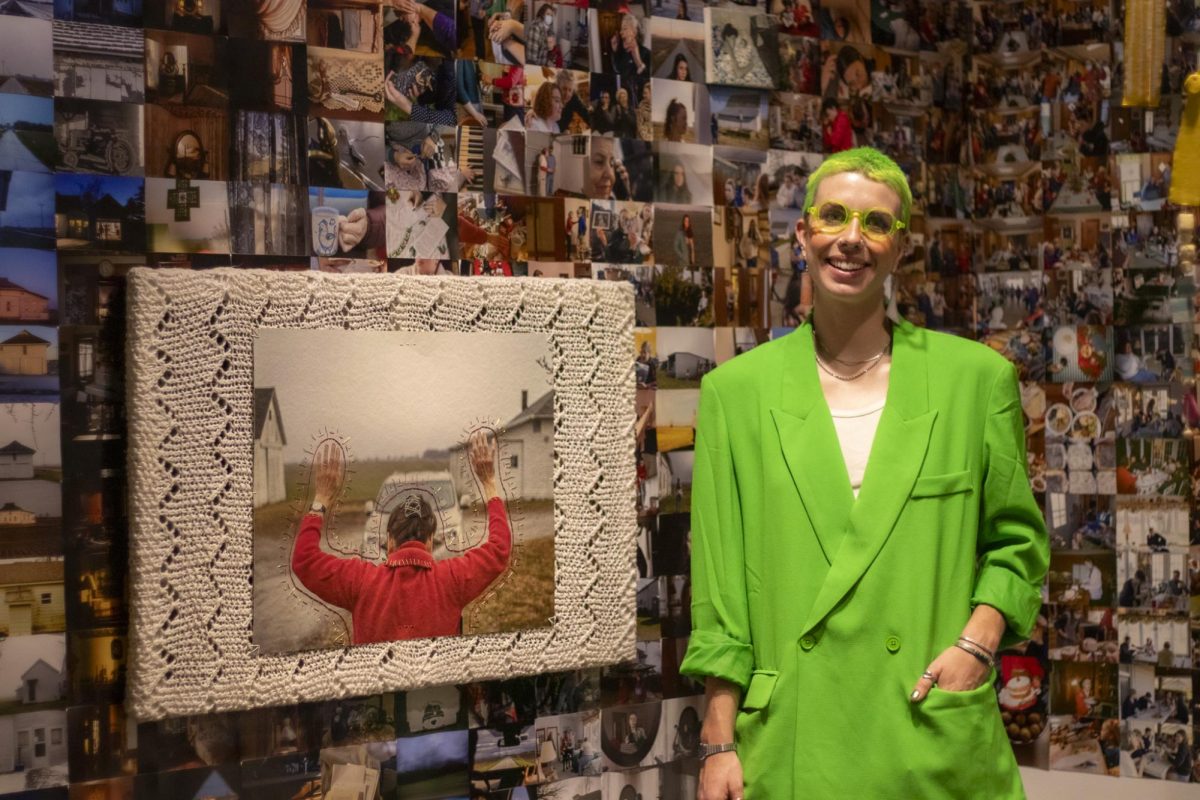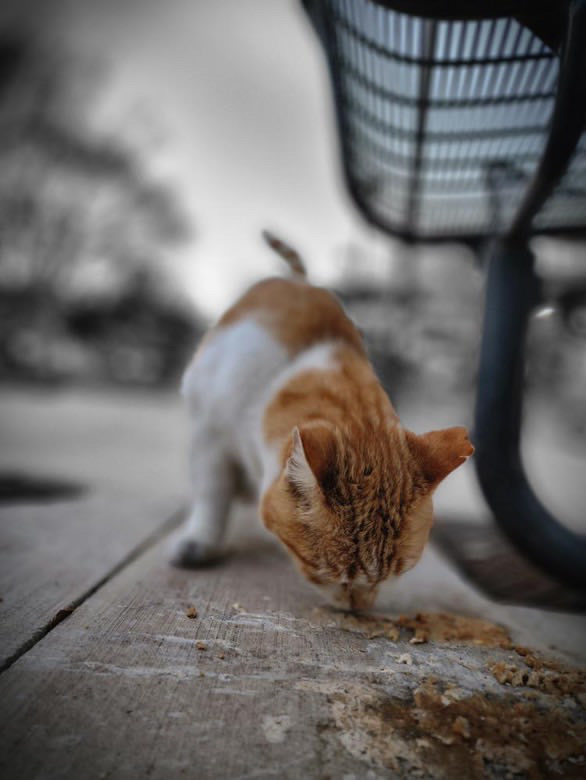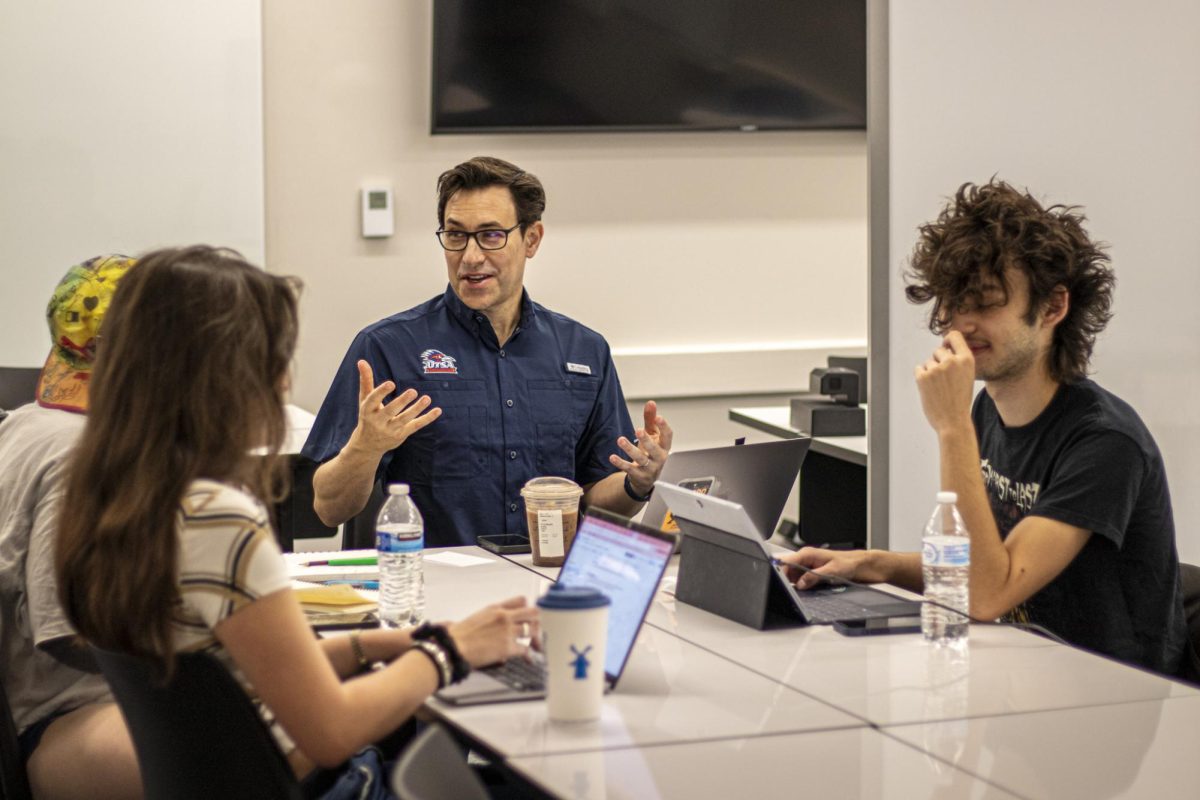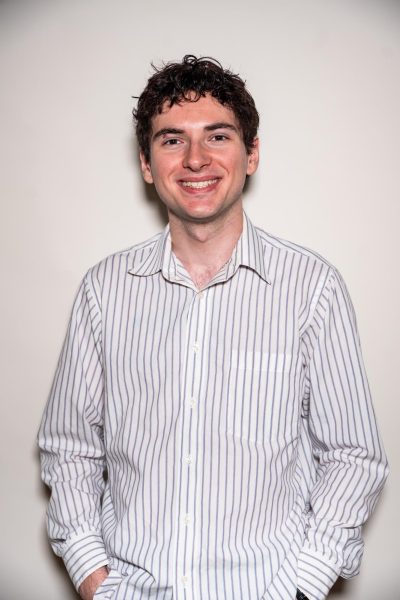“With the simple act of placing two or more distinct objects together (sometimes jarringly so) artists can create a complex whole to address a multiplicity of meanings,” reads San Antonio Art Museum Ruby City’s website in reference to their new exhibit that opened on Sept. 21.
Titled, “Irrationally Speaking: Collage & Assemblage in Contemporary Art,” this exhibit focuses specifically on works that either use the techniques of collage and assemblage or utilizes ideas from those forms of art conceptually. As with many Ruby City exhibits, each piece here — aside from Richie Budd’s “The Closer You Get the More in Love You Become” — is already part of the Linda Pace Foundation’s Collection. Head of Public Engagement & Communications for Ruby City, Patricia Morales, described this limitation as, “one of the challenges and benefits of being… the curator for Ruby City… Exhibitions are meant to highlight works that are already part of [the foundation].”
Director and Curator of Ruby City, Elyse A. Gonzales, was able to come up with the idea for this exhibit in a singular moment. According to Morales, “While reading about collage and assemblage [Gonzales] came across a quote from surrealist artist Max Ernst, who was among the first to utilize collage kind of conceptually in their work.”
The Max Ernst quote reads as follows: “He who speaks of collage speaks of the irrational.” This quote created the idea for an exhibit that uses pieces in Linda Pace’s collection that juxtapose “Images and objects that look visually jarring and sometimes illogical, but… result in abstract, sometimes dreamlike compositions.”
The experience of walking through this exhibit holds with the inspiration. Each piece is so wildly different that the exhibit feels like a collage in itself. Going through the exhibit, visitors will see collage-like sculptures, such as Richie Budd’s colorful amalgamation of everyday objects, films and more conventional paper collages. Works can range from very large to very small. There are also pieces that use collage to make political statements, such as Thomas Hirschhorn’s tape-adorned Door to Heaven, and pieces that are more mundane on the surface, such as Linda Pace’s Silver Spurs, which assembles everyday silver items, including Spurs tickets. Just like individual pieces in the collage style, this exhibit is one of juxtaposition.
Perhaps this and every exhibit at Ruby City is a collage in and of itself; an assemblage of different pieces from the Pace collection, the goal simply being to “showcase all of the works” with no agenda. As Morales said when asked about art’s ability to shape public opinion, Ruby City “allows the viewer to make their own decisions” regarding the meaning of the art. To Ruby City, art is about the human experience. While many of the pieces here may be irrational, illogical and abstract in nature, there is no requirement to find meaning in them. Morales put it best when she said, “Just having an experience can be transformative.”






